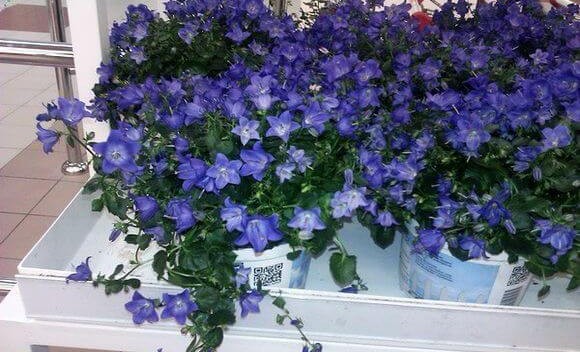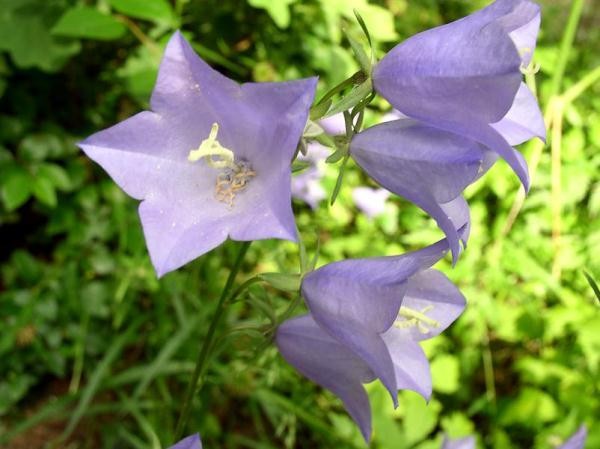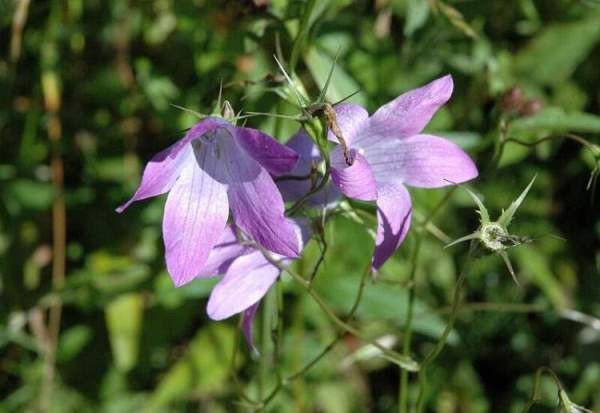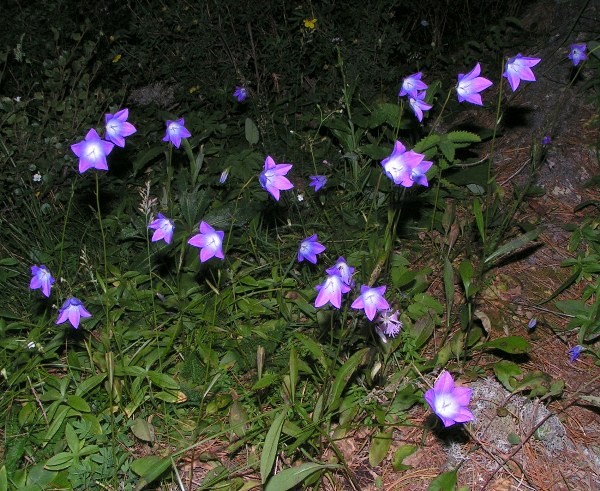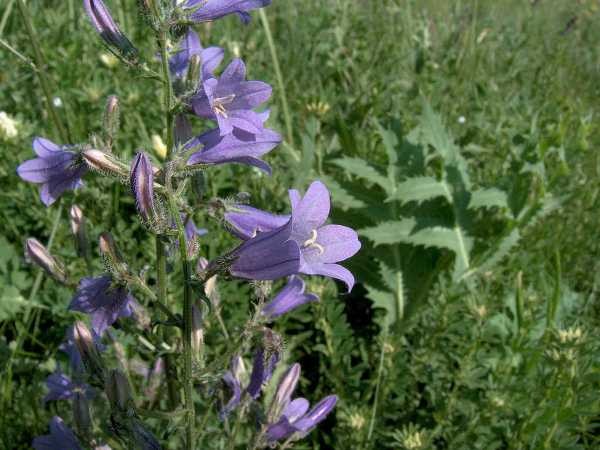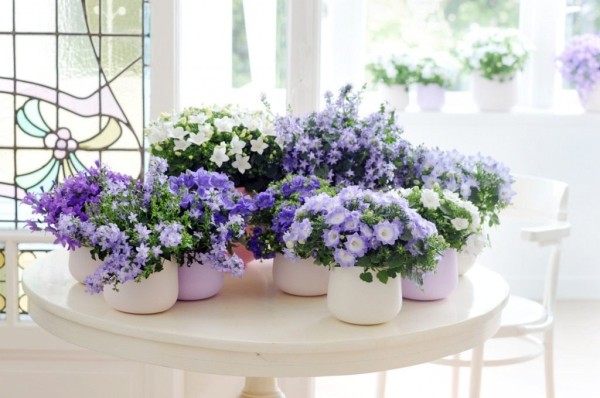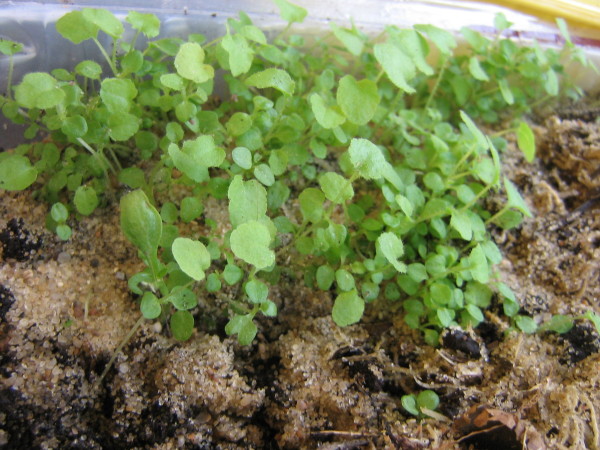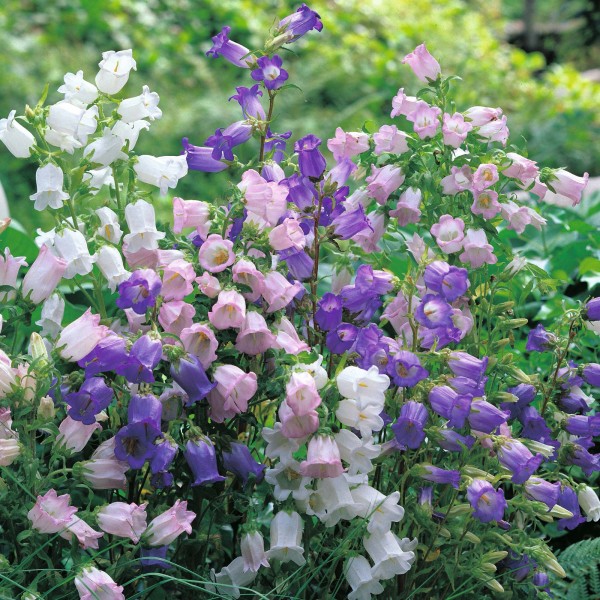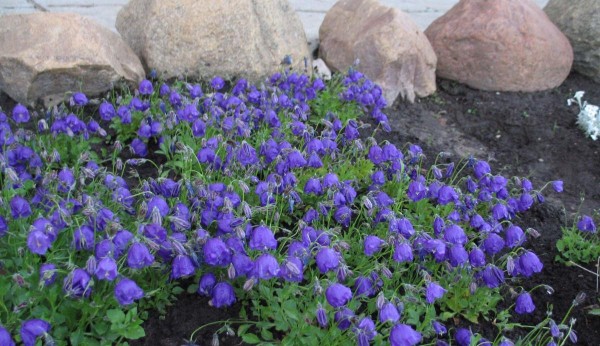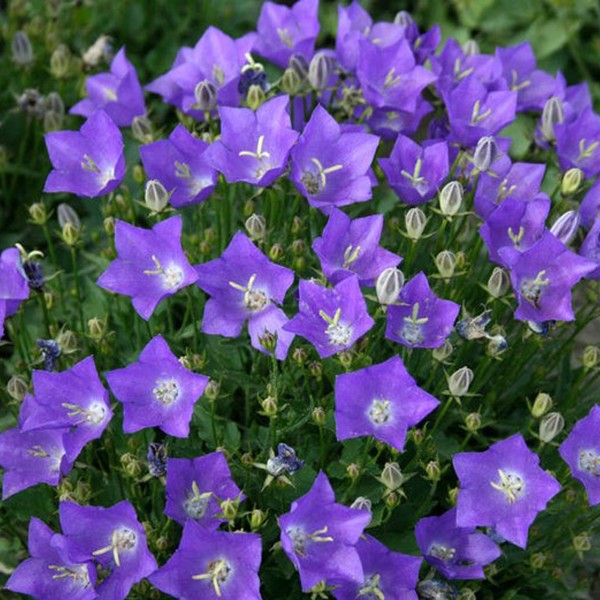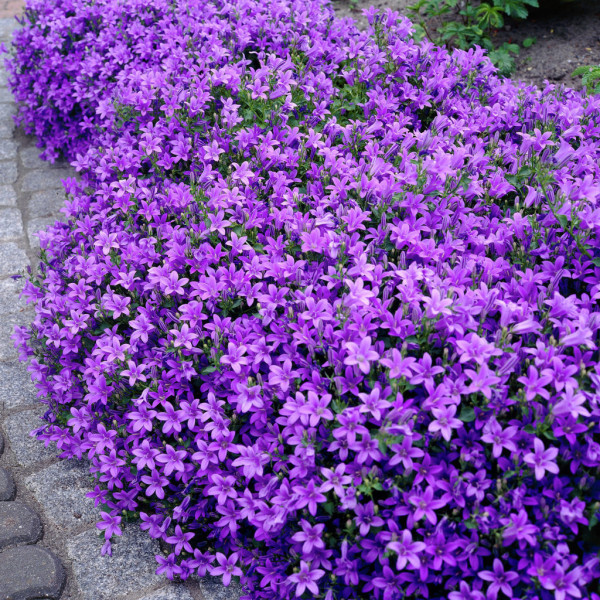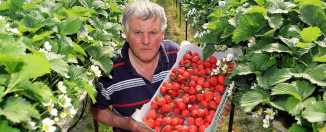Bell: planting and care
Few people know that bells grow not only in fields and meadows. Now many garden bells have been bred, which can be successfully grown on any site. Let's figure out how to grow this blue flower yourself.
Bell varieties
Breeders have bred a lot varieties bells that are popular and are grown in gardens. The most common are:
- The peach bell is not a perennial plant. He lives only two, and less often three years. This plant has a special leaf structure that looks like peach leaves. The height of this bell bush is about a meter. With proper care and timely formation of the bush, it will delight you with its flowering throughout the summer.
- Sprawling bell is so named because of the shape of the bush. The flowers of this bell, collected in the form of a sweep, are painted in purple tones. This variety begins to bloom in early June and blooms throughout the summer.
- The Crowded Bell has flowers that are standard for this species and have a bright blue hue. This bellflower variety only blooms for one month. However, if you cut the flowers on time, then this period will stretch over the whole summer.
- The Altai bell is a perennial plant. Its height is only 25 cm. This varieties small flowers have a blue tint. The Altai bell flower blooms at the end of June and the duration of its flowering is a whole month.
- The Siberian bell has a short height - only 20 cm. It differs in the standard form of lilac flowers. This variety blooms for a long time - from early June to late September.
House bells
A special kind of bells, called campanula, can be grown in the apartment. These are uniform-leaved bells with thin and fragile shoots that branch and spread densely. The bush turns out to be very delicate because of the heart-shaped leaves sitting on long petioles. The diameter of the campanula flowers, depending on the variety, can reach 4 cm. The campanula bells resemble an asterisk in shape. They can be solid or heavily dissected, terry and unusual in shape. The color palette of flowers can vary from white to lilac, purple tones. There are campanula and cream shades.
Duration of flowering of indoor bells is from three to four months. At the same time, old varieties bloom from June to September, and new ones reveal their flowers from March to November. During the rest period, the campanula require a completely different care. They suspend their growth and flowering for the winter. During this period, it is better to rarely water and not feed them.
Planting bells
Bells can be planted with seeds or seedlings. The latter method is preferable if you want to get a flowering plant this year. Light and loose soil is suitable for the bell. It can be mixed from humus, turf and coarse sand. The ratio of the components is 3: 6: 1. Since the seeds of the bells are very small, they are simply scattered over the surface of the previously moistened soil and pressed with the palms. Then the planting should be sprayed with water and covered with a film. For germination, it is necessary to maintain a room temperature of about +20 degrees.
Seedlings will appear in about two weeks. Then the seeds must be rearranged in a well-lit place and the shelter removed. Now they need to be watered periodically and slightly loosened the soil. When three leaves appear on the seedlings, it must be dived into separate containers. After another two weeks, add a weak solution of complex fertilizers.
At the beginning of June, it is time to transplant the bells to the garden. Choose a well-lit place for them, away from drafts. The soil should be loamy with good drainage properties. For the best supply of nutrients and moisture to these plants, plant your seedlings away from trees and bushes. Place low-growing varieties at a distance of 15 cm, plant medium-sized plants at a distance of 30 cm, and for tall ones, observe a gap of 50 cm. After transplanting, compact the soil around the plants and water them.
Caring for bells
Behind the garden bells look after not difficult at all. They need a regular supply of moisture. During a drought, plants stop growing, flowers become small, or even stop flowering altogether. But at the same time, an excess of moisture is destructive for bells. They stop blooming and quickly die.
For abundant flowering, it is recommended to periodically fertilize garden bells. Rotten manure or wood ash is suitable for this. In the spring, urea is added as a top dressing, and mineral fertilizers are added during the laying of the buds.
In addition, bells need:
- Periodically loosen the soil so that a crust does not form on the surface of the soil after watering or rain.
- Rid planting of weeds.
- Monitor the timeliness of watering, especially in dry times.
- Tie long stems to a support as it blooms and grows back.
- To extend the flowering period and preserve the appearance of the bush, faded buds must be removed in time.
